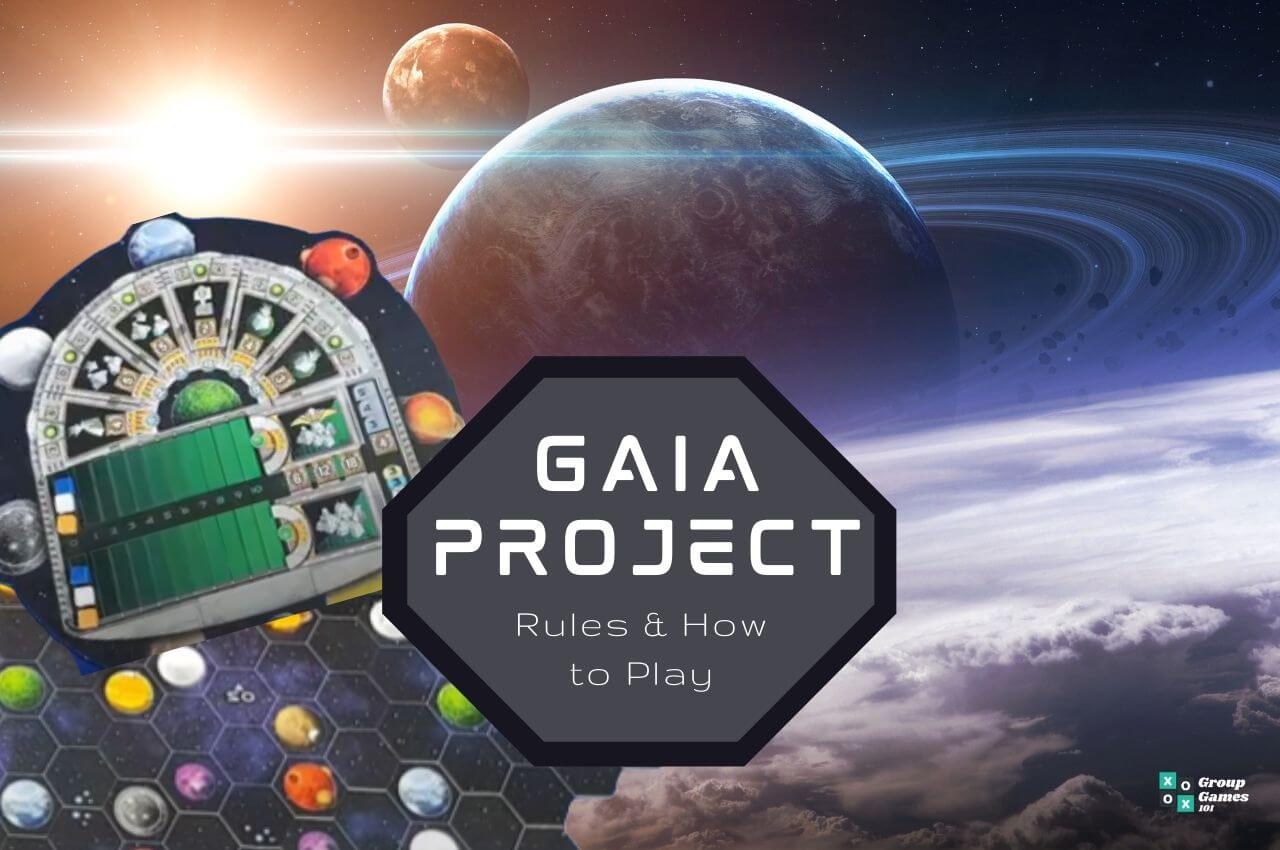

The project captured the same synchrony before events such as the bombing of the former Yugoslavia and the Kursk tragedy. Later, researchers from the Global Consciousness Project found that symmetries formed in numbers around other relevant events. It was initiated by Roger Nelson of the Princeton Engineering Anomalies Research Lab (PEAR). The Global Awareness Project has been running since 1998. The most significant event of that day was the funeral of Diana of Wales and the associated collective grief. Suddenly, all the generators seemed to be in sync and started sending out patterns that no longer seemed random. The purpose has always been to establish if there are correlations between the data issued from different places around the world.Īll went to plan, until September 6, 1997, when an unexpected event occurred. Over the years, random sets of figures have been compiled.
#Itars gaia project archive#
This happens every second, in the different ‘reception centers’.Īll data is transferred to a central archive located in Princeton at a rate of 200 bits per second. There’s no pre-established order, the figures appear randomly. These continuously generate two numbers: one and zero, randomly.
#Itars gaia project software#
The Global Consciousness Project has software installed on computers in 70 countries. Currently, the project is operating in 70 countries. First, he focused on the local level and then he moved to the international field.
#Itars gaia project generator#
Nelson used a technology known as a random event generator to capture and study ‘group consciousness’ states and their variations.

The Global Consciousness Project is classified as an experiment. However, Nelson wanted to explore how it affected the ordinary world and to what extent this happened. As a matter of fact, sensitive engineering equipment had already perceived this effect. This scientist was focused on the study of the role that consciousness and intention play in the physical world. Nearly 20 years later, researcher Roger Nelson started the Global Consciousness Project. The premises of this experience have been included in an article written by Nelson et al. Its purpose was to study the interaction between the human mind and the phenomena of the physical world. It was called the Princeton Engineering Anomalies Research (PEAR) lab.

In 1979, the Dean of the School of Engineering and Applied Science at Princeton University, Robert G.

Jean-Paul Sartre- The Global Consciousness Project aims to test the relationship between collective consciousness and physical reality. “ Consciousness can only exist in one way, and that is by being aware that it exists. In fact, although the validity of its premises hasn’t yet been proven, and the investigation is still in its early stages, it’s generated some really striking evidence. Moreover, it uses scientific tools.Įxotic and controversial as the subject is, the Global Consciousness Project has already yielded some significant results. However, in reality, it was physicists and engineers who created the Global Consciousness Project (GCP). You might think that this particular issue is more suited to the field of supernatural study. If so, it could be hypothesized that there’s a kind of ‘universal mind’ or ‘universal consciousness’ formed by the synergy of energies of each individual mind. It aims to discover if an individual’s mind generates energy that extends beyond the skull. Nothing individually super complicated but definitely one of those sum of many small parts situation.The Global Consciousness Project is an international initiative that originated at Princeton University (USA) in 1998. My initial caution for those looking into getting into Gaia Project is that there is a fair amount of rules overhead. The game is quite strategic and tactical! The victor is ultimately determined by who has the most victory points at the end of the 6th round. Throughout the game, you'll be performing different actions which will score you points or set you up to score points. There are different mechanisms in the game which you can research to help improve your planet colonizing abilities. In Gaia Project, you play as 1 of 14 unique alien factions with the thematic goal of expanding your empire by colonizing planets. It's actually one of the game boards used to track the different round scoring objectives and also the final scoring objectives. Loll, I can see how it looks like a football stadium. I saw the silicon cupcake molds on someone else's post in this sub! They've really enhanced the boardgaming experience for me 😄


 0 kommentar(er)
0 kommentar(er)
